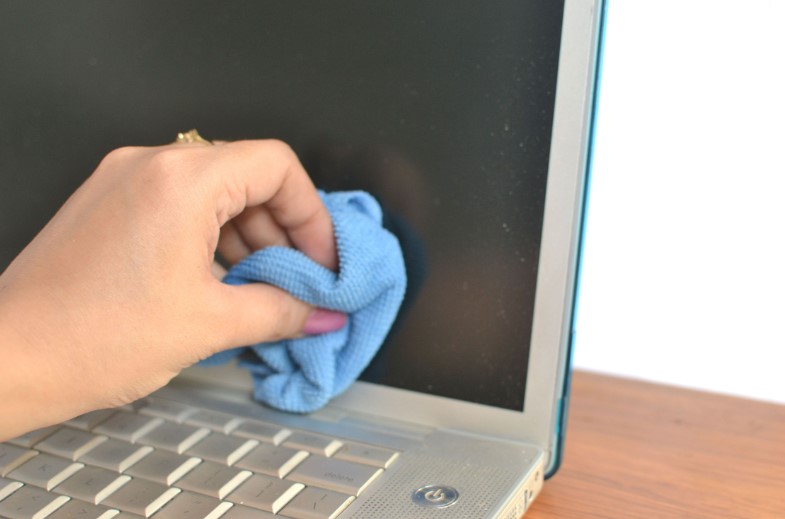If you are wondering how to wipe a laptop, there are several steps you need to take to ensure the information on it is safe. The first step is to identify what storage space you need to delete. Most people store all their information on the C: drive, a standard Windows drive. To see how much information is stored on your computer, you can access your C: drive to determine how many files you will need to remove. You can also connect an external hard drive to the laptop before wiping.
If you have just erased your laptop, you probably think you have wiped everything. But DiskGenius can help you recover your files. The scanning phase begins immediately. DiskGenius lists the files it finds on the main interface. You can preview each file before restoring it if necessary. You can also use DiskGenius to create a bootable USB drive to recover any lost data.
Laptops can reveal a lot about a person, and we’re not only referring to how well they are maintained. In fact, these devices contain a trove of valuable information about their owners that could ruin you if it fell into the wrong hands. But what if you could protect yourself from this by safely wiping those hard drives clean? It is something that many have considered, but most don’t know where to start.

DiskGenius
Once you have selected the data you want to wipe, you can go ahead and click on the “Erase Sectors” option in DiskGenius. A window will appear displaying the partition or disk you want to erase. Next, select how many sectors you want to erase. You can choose random data or specified characters for each sector. Click the “Erase Sectors” button, and DiskGenius will start erasing the data from the selected space.
Resetting a laptop
Resetting a laptop can be useful in a number of circumstances. Sometimes, a simple hard reset will fix your laptop’s problems and restore it to factory settings. If you need to perform a factory reset, you should consult a tech support service before attempting this task. For example, a hard reset may be necessary if your computer freezes and is unable to log in. But sometimes, a simple reset will solve many problems and ensure that your computer is ready for a new user.
The process of resetting a laptop is simple, but it has some risks. First of all, it may damage your computer’s data and operating system. Consequently, it is important to backup important files before performing a factory reset. You can do this either using the built-in Windows tool or by downloading a third-party app. Another way of backing up your data is to keep an external hard drive ready to backup your important files.
Using a hard drive overwriter
There is some debate as to whether it is more secure to erase drives with random data rather than erasing them completely, but a single overwriting pass should be sufficient for most cases. It is important to note that the method used to erase an HDD might not work for a flash-based storage device, so be sure to verify that it will erase the target drive letter. Ultimately, you should follow the manufacturer’s instructions, and use a hard drive overwriter that has a data-erasing certification.
This method works by puncturing the hard disk, but it does not guarantee the data is completely erased. You can also use the hard disk format feature built into Windows.
Hard disk sentinel, a popular drive health monitoring program, can also wipe a laptop’s hard drive. This method is not as effective as using a hard drive overwriter to erase data, but should suffice in most personal data use cases.

Encrypting your drive
Regardless of what operating system you’re using, encrypting your drive before wiping a computer is a good idea. Not only does encryption make your data unreadable by those who would want to steal it, but it also protects your data if you ever dispose of the device. Without a decryption key, your data is worthless. And it’s also a great way to ensure that no one steals or sells your laptop.
While it’s true that self-encrypting drives are better than ones without encryption, full disk encryption is still an option. While modern operating systems have built-in encryption features, security researchers have scrutinized the programs and algorithms in use. For example, VeraCrypt, a fork of TrueCrypt, has been audited by security experts to ensure that it has strong security and is not vulnerable to exploitation. In addition, full-disk encryption reduces the chance of data recovery.
Therefore, the best option to go with if you intend to sell your laptop is to simply wipe it clean. We don’t believe that it’s a good idea to reuse computers for sale by the general public for this reason, as somebody else could gain access to all kinds of sensitive data.








